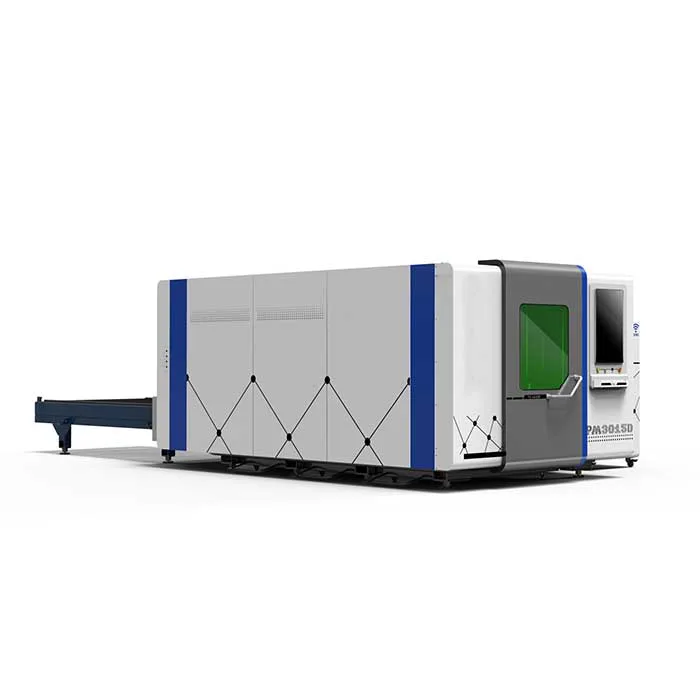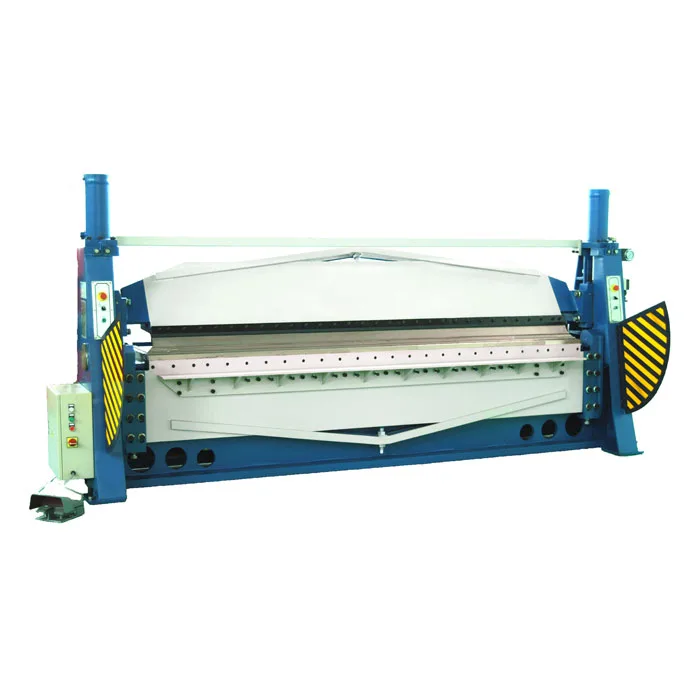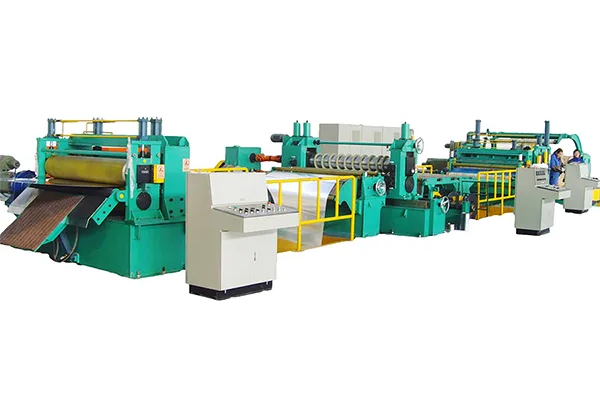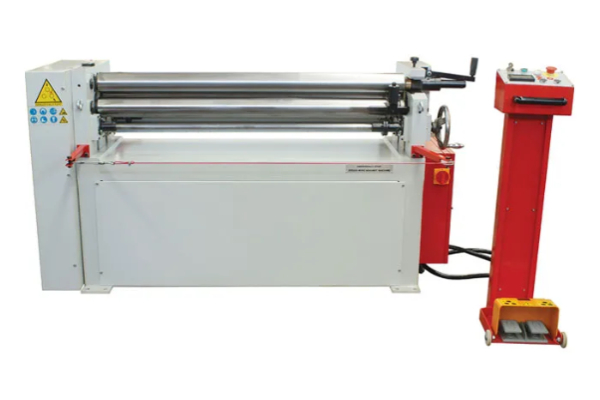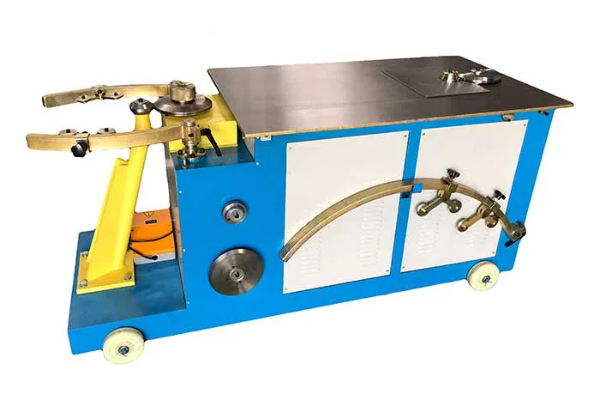
How to Choose the Right Size and Power for Your Iron Cutting Laser
- By:Metmac
- 2024-08-12
- 133
In the realm of metal fabrication, the iron-cutting laser stands as a formidable tool, effortlessly slicing through sheets of iron with precision and efficiency. Whether you’re a seasoned pro or a novice venturing into the world of laser cutting, selecting the ideal machine for your specific needs can be a daunting task. But fear not, for this comprehensive guide will illuminate the path to laser cutting enlightenment, empowering you to make an informed decision that will ignite your metalworking endeavors.
Step 1: Delving into Dimensions
The size of the iron cutting laser you require is dictated by the dimensions of the iron sheets you intend to process. Measure the maximum length and width of these sheets to determine the minimum working area the laser must possess. However, consider leaving some extra room for flexibility and future expansion.
Step 2: Unraveling the Power Equation
The power of the laser is directly proportional to the thickness of iron it can cut through. For general-purpose iron cutting, a power range of 1-3 kilowatts is typically sufficient. However, if you plan to tackle thicker sheets or more demanding applications, opting for a laser with higher power (up to 6 kilowatts) is advisable.
Step 3: Exploring the Laser’s Source
The laser source you choose will significantly impact the performance and cost of your machine. Fiber lasers are renowned for their efficiency, low maintenance, and long lifespan, making them a solid choice for high-volume applications. CO2 lasers, on the other hand, offer higher power and versatility, rendering them ideal for cutting thicker metals, non-metals, and intricate shapes.
Step 4: Unveiling the Cutting Speed
The cutting speed of an iron cutting laser is equally important. For thin iron sheets, a faster cutting speed will increase productivity. However, for thicker sheets, a slower cutting speed is necessary to ensure a clean and precise cut. Consider the types of iron you’ll be cutting and the desired output to determine the optimal cutting speed range.
Step 5: Enhancing Your Expertise
Don’t neglect the importance of reliable software and experienced operators. Intuitive software simplifies operation, optimizes cutting parameters, and minimizes material waste. Skilled operators ensure proper machine setup, monitor the cutting process, and handle troubleshooting effectively.
Conclusion
Choosing the right size, power, and features for your iron cutting laser is crucial for efficient and successful metal fabrication. By carefully considering the factors discussed in this guide, you can unlock the potential of this versatile tool, transforming your metalworking projects into masterpieces of precision and innovation.
-
Sheet Metal Press Brake: The Pillar of Precision Bending with METMAC
2025/11/18 -
Metal Sheet Punching Machine: Unleashing Efficiency and Versatility with METMAC
2025/11/18 -
Metal Folding Machine: The Art of Precision Bending with METMAC
2025/11/18 -
Steel Laser Cutter Machine: The METMAC Standard for Unmatched Precision and Durability
2025/11/18
-
Advanced Sheet Metal Rolling, Laser Cutting, and Folding Machines for Precision Fabrication
2025/10/31 -
High-Performance Sheet Metal Bending and Cutting Machines for Modern Fabrication
2025/10/31 -
High-Quality Sheet Metal Equipment for Sale: Efficient Solutions for Modern Manufacturing
2025/10/31 -
High-Performance Sheet Metal Equipment for Sale: Forming and Shearing Solutions for Modern Fabrication
2025/10/22
-
A Guide to the Latest Innovations in Sheet Metal Folding Machines
2024/11/29 -
Key Features to Consider When Investing in a Sheet Metal Folding Machine
2024/11/28 -
Enhancing Precision with Advanced Sheet Metal Folding Machines
2024/11/27 -
How to Choose the Right Sheet Metal Folding Machine for Your Workshop
2024/11/26

